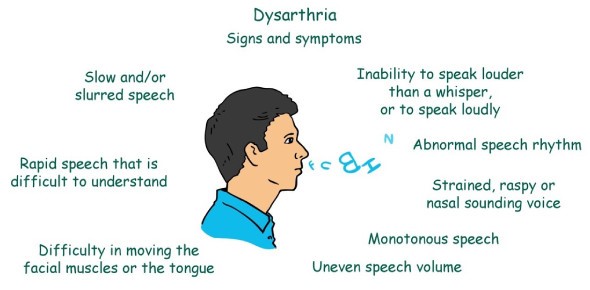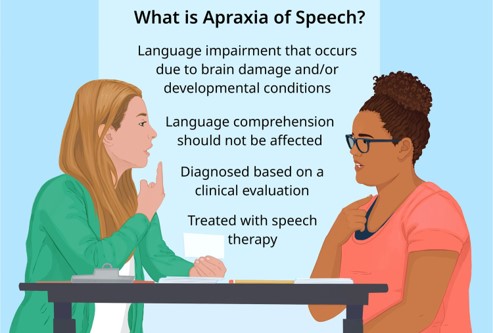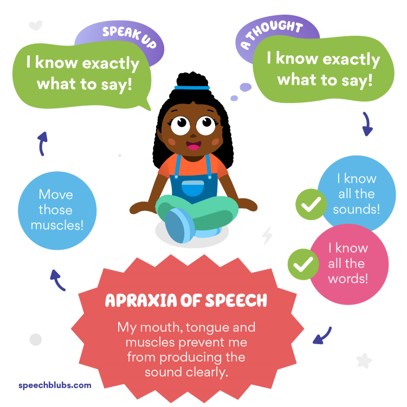Neuromotor speech disorderssuch as dysarthria and apraxia of speech, can significantly impact an individual's ability to communicate effectively. These disorders affect the motor control and coordination of the muscles involved in speech production.
Dysarthria is a motor speech disorder that results from weakness, paralysis, or lack of coordination in the muscles used for speech. It can cause slurred or unclear speech, difficulty controlling volume or pitch, and challenges with articulation.
Apraxia of speech is a neurological disorder that affects the planning and sequencing of movements required for speech production. Individuals with apraxia may have difficulty initiating or coordinating the precise movements needed to produce sounds, resulting in inconsistent errors and difficulty with rhythm and timing.
DYSARTHRIA

Dysarthria occurs when the muscles you use for speech are weak or you have difficulty controlling them. Dysarthria often causes slurred or slow speech that can be difficult to understand. Common causes of dysarthria include nervous system disorders and conditions that cause facial paralysis or tongue or throat muscle weakness. Certain medications also can cause dysarthria. Treating the underlying cause of your dysarthria may improve your speech. You may also need speech therapy. For dysarthria caused by prescription medications, changing or discontinuing the medications may help.
Symptoms
Signs and symptoms of dysarthria vary, depending on the underlying cause and the type of dysarthria. They may include:
- Slurred speech
- Slow speech
- Slow speech
- Slow speech
- Nasal, raspy or strained voice
- Uneven or abnormal speech rhythm
- Uneven speech volume
- Monotone speech
- Difficulty moving your tongue or facial muscles
Apraxia of Speech
Apraxia of speech (AOS) also known as acquired apraxia of speech, verbal apraxia, or childhood apraxia of speech (CAS) when diagnosed in children—is a speech sound disorder. Someone with AOS has trouble saying what he or she wants to say correctly and consistently. AOS is a neurological disorder that affects the brain pathways involved in planning the sequence of movements involved in producing speech. The brain knows what it wants to say, but cannot properly plan and sequence the required speech sound movements.
There are two main types of AOS: acquired apraxia of speech and childhood apraxia of speech.
- Acquired AOS can affect someone at any age, although it most typically occurs in adults. Acquired AOS is caused by damage to the parts of the brain that are involved in speaking and involves the loss or impairment of existing speech abilities. It may result from a stroke, head injury, tumor, or other illness affecting the brain. Acquired AOS may occur together with other conditions that are caused by damage to the nervous system. One of these is dysarthria, as mentioned earlier. Another is aphasia, which is a language disorder. (For more information, see the NIDCD fact sheet Aphasia.)
- Childhood AOS is present from birth. This condition is also known as developmental apraxia of speech, developmental verbal apraxia, or articulatory apraxia. Childhood AOS is not the same as developmental delays in speech, in which a child follows the typical path of speech development but does so more slowly than is typical. The causes of childhood AOS are not well understood. Imaging and other studies have not been able to find evidence of brain damage or differences in the brain structure of children with AOS. Children with AOS often have family members who have a history of a communication disorder or a learning disability. This observation and recent research findings suggest that genetic factors may play a role in the disorder. Childhood AOS appears to affect more boys than girls.


Symptoms
People with either form of AOS may have a number of different speech characteristics, or symptoms:
- Distorting sounds. People with AOS may have difficulty pronouncing words correctly. Sounds, especially vowels, are often distorted. Because the speaker may not place the speech structures (e.g., tongue, jaw) quite in the right place, the sound comes out wrong. Longer or more complex words are usually harder to say than shorter or simpler words. Sound substitutions might also occur when AOS is accompanied by aphasia.
- Making inconsistent errors in speech. For example, someone with AOS may say a difficult word correctly but then have trouble repeating it, or may be able to say a particular sound one day and have trouble with the same sound the next day.
- Groping for sounds. People with AOS often appear to be groping for the right sound or word, and may try saying a word several times before they say it correctly.
- Making errors in tone, stress, or rhythm. Another common characteristic of AOS is the incorrect use of prosody. Prosody is the rhythm and inflection of speech that we use to help express meaning. Someone who has trouble with prosody might use equal stress, segment syllables in a word, omit syllables in words and phrases, or pause inappropriately while speaking.
- Children with AOS generally understand language much better than they are able to use it. Some children with the disorder may also have other speech problems, expressive language problems, or motor-skill problems.
Call MVM Vākśravaṇa Clinic at 080-69956566 for more information or to schedule an appointment.
